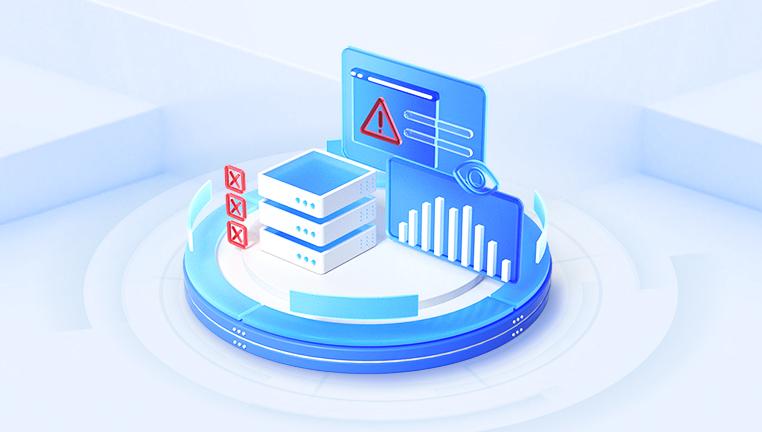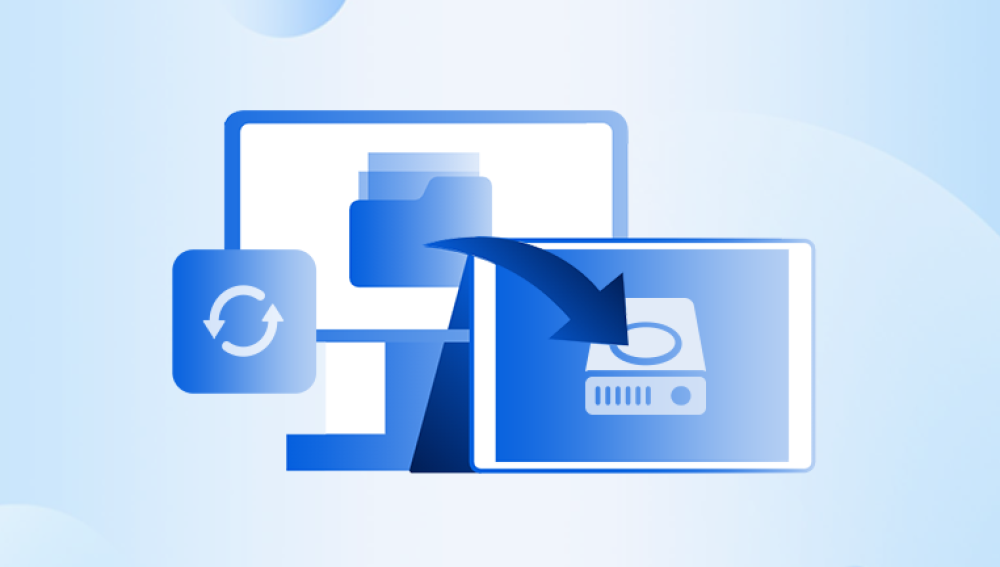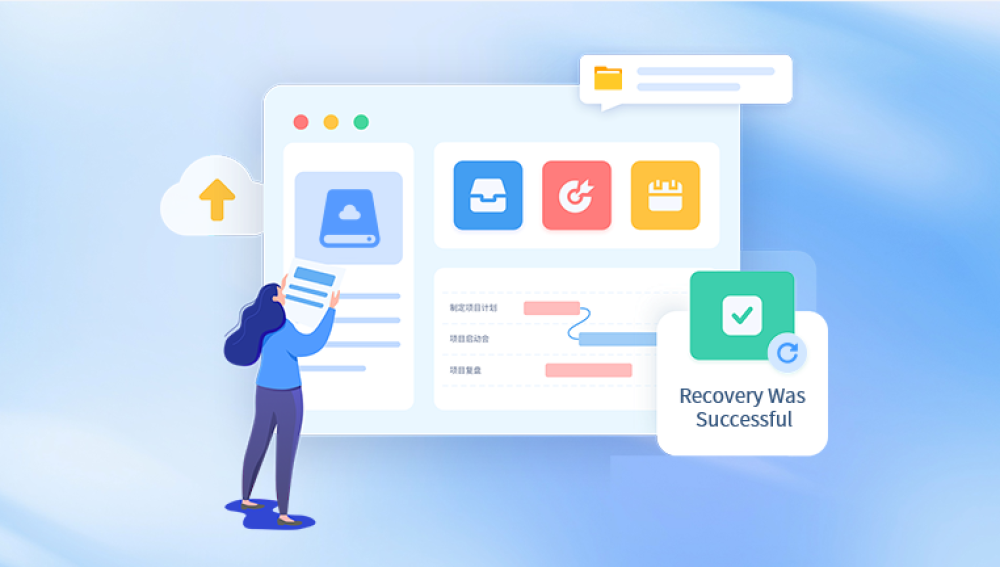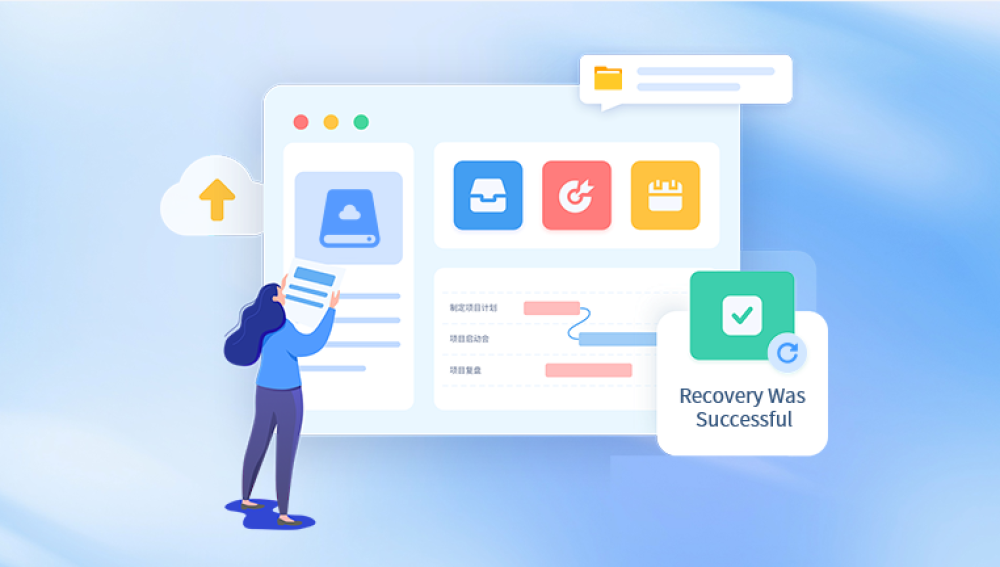Hard drives fail, SSDs crash, flash drives get corrupted, phones break, and SD cards get accidentally formatted. The reasons vary, but the result is often the same: panic and frustration.
Fortunately, residents of Austin, Texas have access to a range of professional data recovery services that can help retrieve critical information from damaged, deleted, or inaccessible storage devices. This guide will help you navigate the data recovery landscape in Austin, what to expect, how to choose the right service, typical costs, and best practices for avoiding data loss in the future.
What Is Data Recovery?
Data recovery is the process of retrieving lost, inaccessible, corrupted, damaged, or formatted data from storage media such as hard disk drives (HDDs), solid-state drives (SSDs), USB flash drives, RAID arrays, smartphones, and memory cards.

There are two main categories of data loss:
Logical Data Loss: This occurs when the data is deleted, file systems are corrupted, or partitions are lost due to software issues or human error.
Physical Data Loss: This is caused by hardware failure, damage from water, fire, electrical surges, or general wear and tear.
Each scenario requires a different approach, equipment, and environment, often involving highly technical processes and certified cleanroom labs.
Common Causes of Data Loss in Austin
Living in Central Texas comes with its own set of environmental and technological challenges that can contribute to data loss:
Heat and Humidity: Austin’s warm climate can increase the risk of overheating in hard drives and electronics.
Power Outages: Sudden loss of electricity during storms can result in system crashes or drive corruption.
Accidental Deletion: Whether it’s a business intern formatting the wrong drive or a student deleting a thesis, human error is the most common reason for logical data loss.
Drive Failures: Over time, both mechanical and solid-state drives wear out and can fail without warning.
Malware and Ransomware: Cyber threats in Austin's fast-growing tech sector continue to evolve, encrypting or destroying data in the process.
Who Needs Data Recovery Services?
Austin is a diverse city with a wide range of users who may need professional help recovering lost data:
Students and Educators: Universities and schools frequently face data loss due to accidental deletions or computer failures.
Small and Medium Businesses: Local shops, law firms, and medical offices rely on digital data and cannot afford prolonged downtime.
Musicians and Creatives: Austin’s thriving arts and music scene relies heavily on digital production, where lost files can mean lost art.
Tech Professionals and Startups: With Silicon Hills booming, engineers and developers regularly handle critical code and documents that must be protected.
Photographers and Videographers: Wedding and event footage stored on SD cards or external drives can be crucial and irreplaceable.
Data Recovery Services Available in Austin
A variety of data recovery services are offered by local companies and national chains operating in the city. Here are the major service categories:
1. Hard Drive Recovery
Whether it’s an internal desktop drive or an external USB drive, specialists in Austin can handle recoveries from physically or logically damaged HDDs. Common services include head swap, PCB replacement, and imaging from bad sectors.
2. SSD Recovery
Solid-state drives require advanced tools due to their unique architecture and use of flash memory. Local labs often use chip-off or JTAG techniques to extract data.
3. RAID/NAS Recovery
From Dell PowerEdge servers to Synology NAS systems, businesses often rely on RAID systems for storage. Recovery requires knowledge of file systems, RAID levels, and controller behavior.
4. Mobile Device Recovery
For those who’ve dropped phones into Lady Bird Lake or suffered a sudden system crash, mobile recovery specialists can retrieve photos, messages, and contacts.
5. USB and SD Card Recovery
Common with students and photographers, USB drives and SD cards can become corrupted or broken. Services include reballing chips or bypassing internal circuitry.
6. Email and Database Recovery
Critical for law firms and financial institutions, these services recover Exchange, Outlook PST files, or SQL/Oracle databases.
Top-Rated Data Recovery Companies in Austin
While there are numerous players, some stand out in terms of reviews, success rate, customer service, and turnaround time. Below are some notable data recovery firms in Austin:
1. Data Medics Austin
Known for its honest diagnostics and reasonable pricing, Data Medics offers recovery services for personal and business clients.
2. Secure Data Recovery Services
With a certified cleanroom and industry-standard certifications, Secure Data Recovery is known for its success rate and emergency service options.
3. Austin Data Recovery Inc.
A locally trusted name, this company offers professional services for desktops, laptops, RAID systems, and phones.
4. Gillware Data Recovery (Partner Location)
Gillware offers shipping drop-off at some Austin tech shops, partnering with a nationwide recovery lab with ISO-certified cleanroom facilities.
5. uBreakiFix (Now Asurion Tech Repair & Solutions)
While more of a consumer electronics repair chain, they offer initial data recovery attempts and can refer clients to advanced partners if needed.
What to Expect from a Professional Recovery Process
When you take your device to a data recovery specialist, here’s a breakdown of what the process typically looks like:
1. Free Evaluation or Diagnostic
Most companies begin with a no-cost diagnostic, where they assess the type of damage and potential for recovery. You’ll then receive a quote.
2. Quote Approval and Authorization
Once the estimate is approved, the recovery process begins. Costs depend on damage type, urgency, and storage size.
3. Recovery Attempt
Using a mix of software and hardware tools, experts recover data in a cleanroom environment for physical damage or use logical extraction for software issues.
4. File Verification
Recovered files are cataloged and verified. Some companies allow you to preview or verify the recovered data before payment.
5. Return of Data
Data is returned via a new external drive, cloud download, or encrypted USB device.
How Much Does Data Recovery Cost in Austin?
Pricing can vary widely depending on the device and severity of damage. Here’s a general breakdown:
Logical Recovery (undelete, corrupted files): $100–$500
Mechanical/Physical Recovery: $500–$2.000
SSD Recovery: $600–$1.500
RAID/NAS Recovery: $1.000–$5.000+
Mobile Phone Recovery: $300–$900
Emergency Recovery (24–48 hrs): Add 20%–50% premium
Many companies offer “no data, no charge” policies, which ensures you only pay if your data is successfully recovered.
Choosing the Right Data Recovery Service in Austin
Selecting the right provider is critical. Here are some criteria to consider:
Cleanroom Certification: Ensure they operate in an ISO 5 Class 100 cleanroom for physical recoveries.
Success Rate: Ask for verified success rates and customer testimonials.
No Upfront Fees: Reliable companies provide free diagnostics and a no-recovery, no-fee policy.
Confidentiality: Look for services that follow HIPAA or SOC 2 compliance for sensitive data.
Turnaround Time: Some providers offer expedited recovery if needed urgently.
Location: Some services offer local drop-off, while others may require mailing your drive.
DIY Recovery: Should You Try It?
DIY data recovery using software like Recuva, EaseUS, or PhotoRec is sometimes possible for simple logical issues such as accidental deletion. However, avoid DIY if:
The device makes clicking or grinding noises
The device has been dropped or exposed to water
It’s an SSD or encrypted drive
You're unsure about the file system or partition structure
Incorrect attempts can cause further damage, making professional recovery more difficult or even impossible.
Data Recovery vs. Data Backup
While recovery focuses on retrieving lost data, backup is about prevention. Here's a look at best practices to avoid needing recovery services in the future:
Backup Strategies:
3-2-1 Rule: Keep three copies of your data—two locally on different devices, and one off-site (e.g., cloud storage).
Automated Backups: Use tools like Time Machine, Windows Backup, or third-party services like Backblaze or Carbonite.
RAID Isn’t Backup: While RAID offers redundancy, it does not protect against deletion, viruses, or user error.
Cloud Sync: Sync tools like Google Drive or OneDrive provide real-time backup with versioning.




